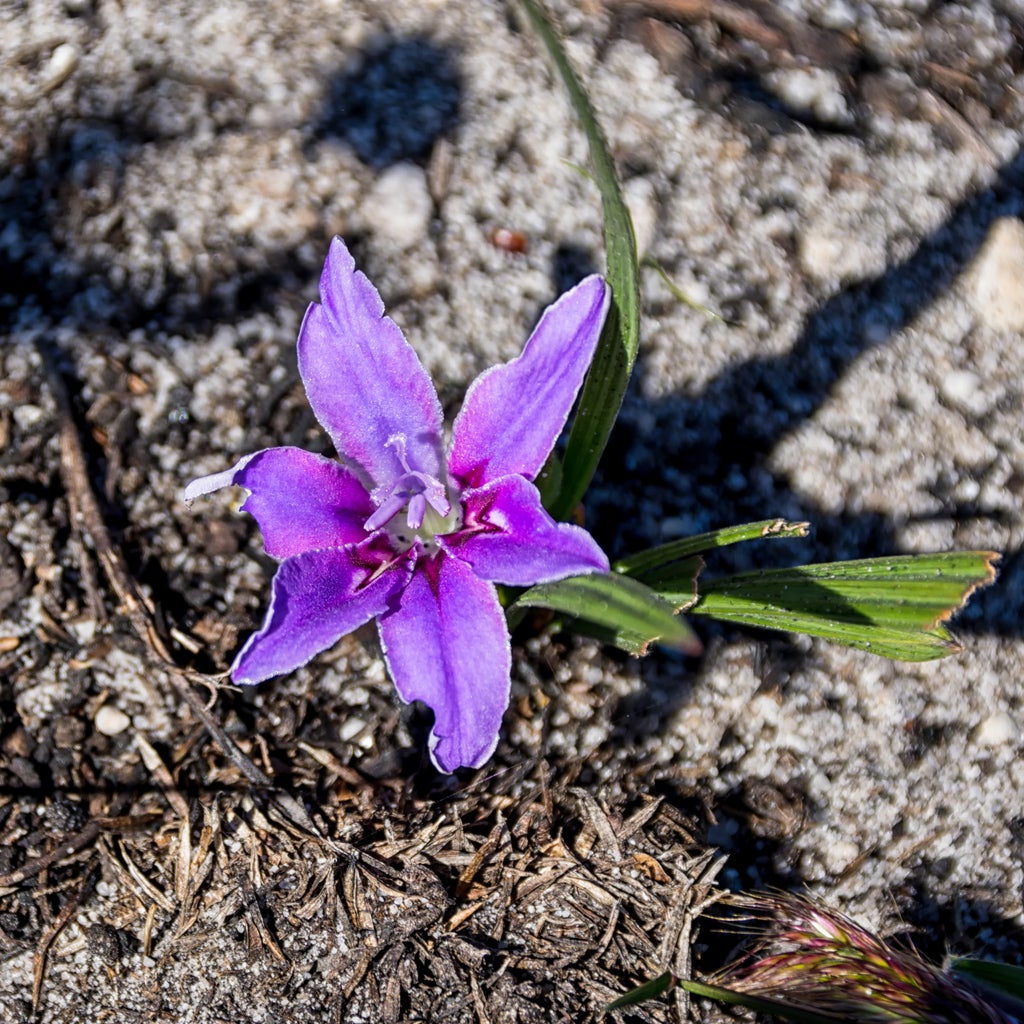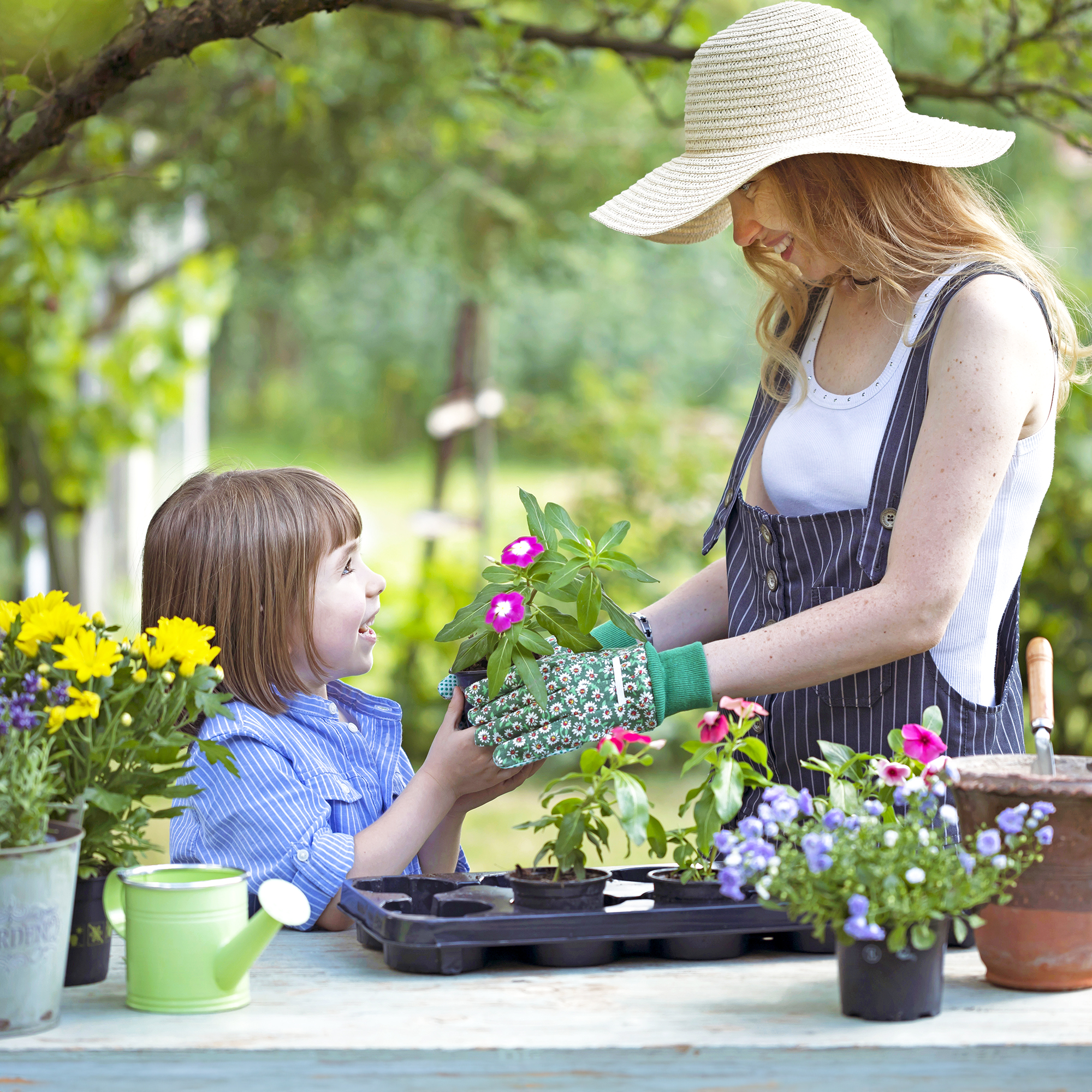Babiana Bulb Growing: How To Care For Baboon Flowers


Are you looking to an add a vibrant splash of color to your flowerbed? Do you enjoy plants that double as conversation pieces or are easy to care for? Baboon flowers just might be the answer.
Successful Babiana Bulb Growing
The various types of Babiana species originated in Southern Africa. Babiana plants are commonly called the baboon flower after the same-named, old-world monkeys who would use the Babiana corms as a food source. The flowers range in color from brilliant hues of blue and lavender to deep pink. They make excellent cut flowers and, as long as no baboons escape from the local zoo, baboon flower care is pretty straightforward.
Most species of Babiana grow well in a variety of soils, including those with a high sand content. However, baboon flowers require good drainage. Avoid areas that receive run-off from overhangs or roofs. Soil drainage can be improved by raising flower beds or by adding organic material, such as compost.
Having originated in a tropical climate, Babiana is both heat and drought resistant. For the best results, select a sunny to mostly sunny location that receives regular rainfall. About an inch (2.5 cm.) a week during the growing season is ideal.
Types of Babiana
Babiana blooms on upright stems that typically bear a half dozen or more 2 inch (5 cm.) flowers. The colors vary depending upon the species. One of the most widely cultivated hybrid species is Babiana stricta. These late spring to early summer flowers are known for their longevity in the garden.
Although Babiana species can range in height from 8 to 45 inches (20-114 cm.), most hybrids average 12 inches (31 cm.) tall. That's the perfect height for naturalizing in rock gardens, growing in pots, or for use in flower arrangements.
How to Plant Babiana Bulbs
Plant baboon corms 4 to 6 inches (10-15 cm.) deep. In colder climates, where the corms will be dug for winter storage, spacing can be 2 to 4 inches (5-10 cm.) between each Babiana bulb.
Gardening tips, videos, info and more delivered right to your inbox!
Sign up for the Gardening Know How newsletter today and receive a free copy of our e-book "How to Grow Delicious Tomatoes".
Growing baboon flowers in tropical and subtropical climates allows the plants to propagate naturally. In these areas, spacing bulbs 6 inches (15 cm.) apart gives the plants room to spread for more profuse blooming in subsequent years.
Care for Baboon Flowers
Like other types of flowering corms, Babiana is not winter hardy where temperatures fall below 25 degrees F. (-4 C.). In these hardiness zones, bulbs will need lifted and stored inside for the winter. Corms can be replanted in the spring after danger of frost has passed.
In southern climates, baboon corms can be planted directly in the ground during late fall. They will grow during the winter and bloom in early spring.
Babiana also grows well in large pots of 12 inches (31 cm.) that can be moved inside for winter storage. Baboon bulbs require very little water during their dormant season.
After Babiana has flowered, the foliage will continue to gather the sun's energy for storage in the corm. It's best not to remove the sword-shaped leaves until they die down in late summer.

Laura Miller has been gardening all her life. Holding a degree in Biology, Nutrition, and Agriculture, Laura's area of expertise is vegetables, herbs, and all things edible. She lives in Ohio.
-
 7 New & Improved Cultivars Of Old-Fashioned Plants – These Aren’t Your Grandma’s Plants!
7 New & Improved Cultivars Of Old-Fashioned Plants – These Aren’t Your Grandma’s Plants!Old is new again! These old-fashioned plants have new cultivars that are sure to thrive in your garden and bring the charm factor. Neighbors will be envious!
By Mary Ellen Ellis
-
 12 Mother’s Day Garden Gifts That Celebrate Moms Who Love To Grow
12 Mother’s Day Garden Gifts That Celebrate Moms Who Love To GrowAll Moms deserve to feel special on Mother’s Day, so treat her to a thoughtful gardening gift that helps her get the most out of her hobby.
By Melanie Griffiths